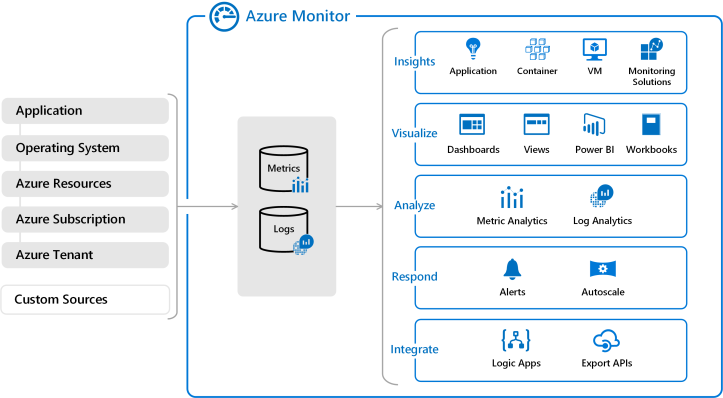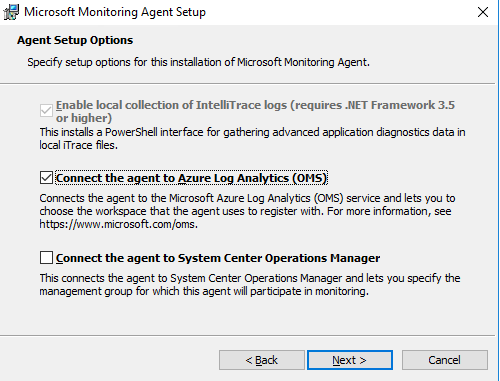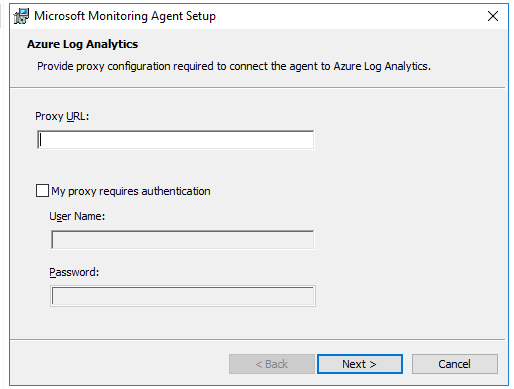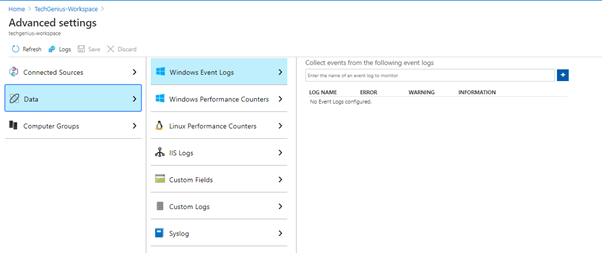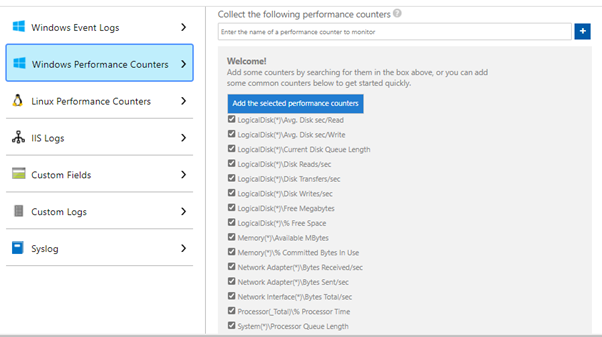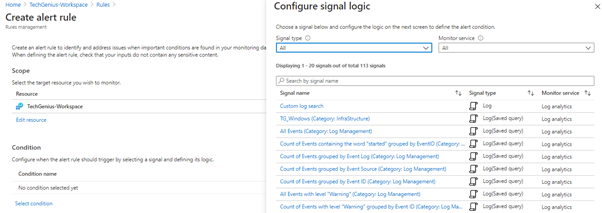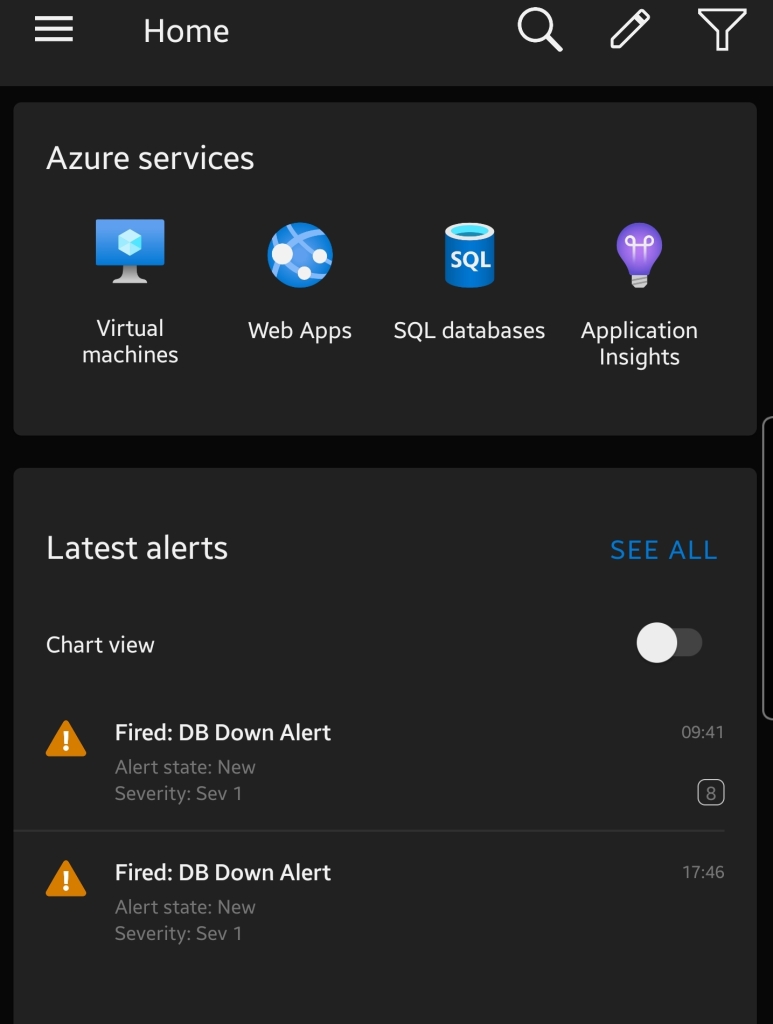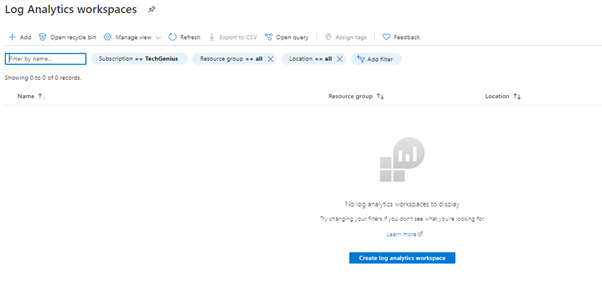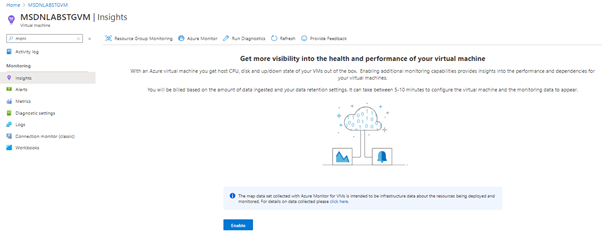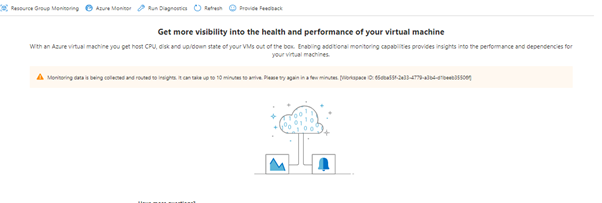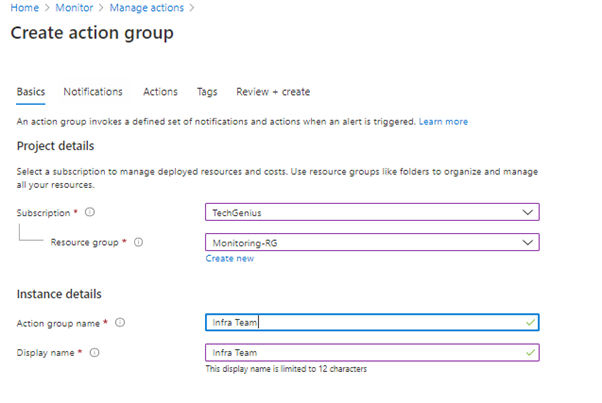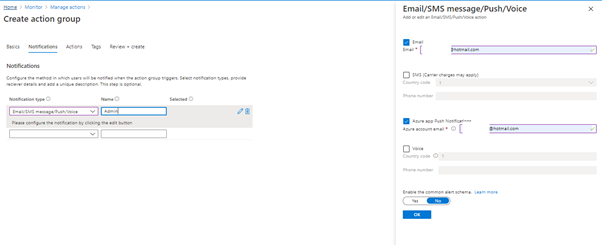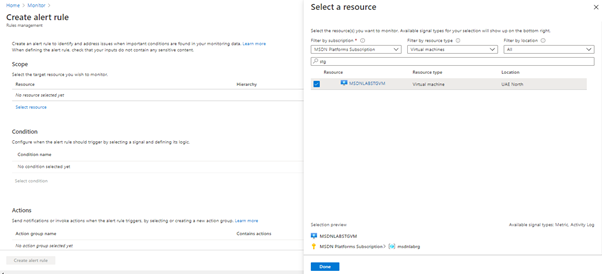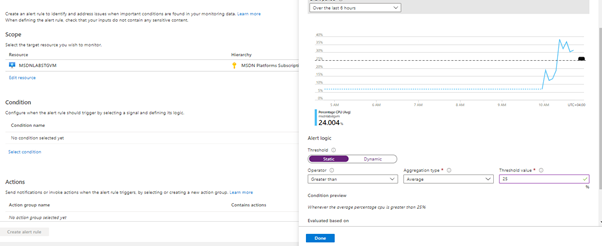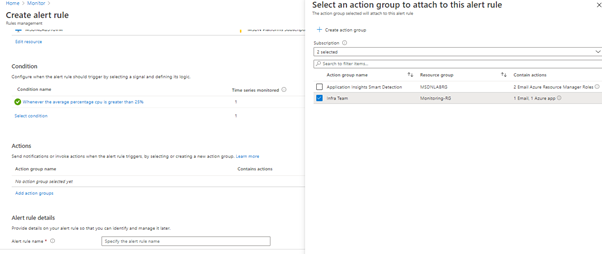Understand Terraform basics
Practice questions based on these concepts
- Handle Terraform and provider installation and versioning
- Describe the plug-in based architecture
- Demonstrate using multiple providers
- Describe how Terraform finds and fetches providers
- Explain when to use and not use provisioners and when to use local-exec or remote-exec
18. How do you install terraform on different OS?
// Mac OS
brew install terraform// Windows
choco install terraformhttps://learn.hashicorp.com/terraform/getting-started/install
19. How do you manually install terraform?
step 1: Download the zip fille
step 2: mv ~/Downloads/terraform /usr/local/bin/terraform
20. Where do you put terraform configurations so that you can configure some behaviors of Terraform itself?
The special terraform configuration block type is used to configure some behaviors of Terraform itself, such as requiring a minimum Terraform version to apply your configuration.terraform {
# ...
}21. Only constants are allowed inside the terraform block. Is this correct?
YesWithin a terraform block, only constant values can be used; arguments may not refer to named objects such as resources, input variables, etc, and may not use any of the Terraform language built-in functions.
22. What are the Providers?
A provider is a plugin that Terraform uses to translate the API interactions with the service. A provider is responsible for understanding API interactions and exposing resources. Because Terraform can interact with any API, you can represent almost any infrastructure type as a resource in Terraform.https://www.terraform.io/docs/configuration/providers.html
23. How do you configure a Provider?
provider "google" {
project = "acme-app"
region = "us-central1"
}The name given in the block header ("google" in this example) is the name of the provider to configure. Terraform associates each resource type with a provider by taking the first word of the resource type name (separated by underscores), and so the "google" provider is assumed to be the provider for the resource type name google_compute_instance.The body of the block (between { and }) contains configuration arguments for the provider itself. Most arguments in this section are specified by the provider itself; in this example both project and region are specific to the google provider.24. What are the meta-arguments that are defined by Terraform itself and available for all provider blocks?
version: Constraining the allowed provider versionsalias: using the same provider with different configurations for different resources
25. What is Provider initialization and why do we need?
Each time a new provider is added to configuration -- either explicitly via a provider block or by adding a resource from that provider -- Terraform must initialize the provider before it can be used. Initialization downloads and installs the provider's plugin so that it can later be executed.
26. How do you initialize any Provider?
Provider initialization is one of the actions of terraform init. Running this command will download and initialize any providers that are not already initialized.
27. When you run terraform init command, all the providers are installed in the current working directory. Is this true?
Providers downloaded by terraform init are only installed for the current working directory; other working directories can have their own installed provider versions.Note that terraform init cannot automatically download providers that are not distributed by HashiCorp. See Third-party Plugins below for installation instructions.
28. How do you constrain the provider version?
To constrain the provider version as suggested, add a required_providers block inside a terraform block:terraform {
required_providers {
aws = "~> 1.0"
}
}29. How do you upgrade to the latest acceptable version of the provider?
terraform init --upgradeIt upgrade to the latest acceptable version of each provider
This command also upgrades to the latest versions of all Terraform modules.
30. How many ways you can configure provider versions?
1. With required_providers blocks under terraform blockterraform {
required_providers {
aws = "~> 1.0"
}
}2. Provider version constraints can also be specified using a version argument within a provider blockprovider {
version= "1.0"
}31. How do you configure Multiple Provider Instances?
aliasYou can optionally define multiple configurations for the same provider, and select which one to use on a per-resource or per-module basis.
32. Why do we need Multiple Provider instances?
Some of the example scenarios:a. multiple regions for a cloud platform
b. targeting multiple Docker hosts
c. multiple Consul hosts, etc.
33. How do we define multiple Provider configurations?
To include multiple configurations for a given provider, include multiple provider blocks with the same provider name, but set the alias meta-argument to an alias name to use for each additional configuration.# The default provider configuration
provider "aws" {
region = "us-east-1"
}
# Additional provider configuration for west coast region
provider "aws" {
alias = "west"
region = "us-west-2"
}
34. How do you select alternate providers?
By default, resources use a default provider configuration inferred from the first word of the resource type name. For example, a resource of type aws_instance uses the default (un-aliased) aws provider configuration unless otherwise stated.resource "aws_instance" "foo" {
provider = aws.west
# ...
}35. What is the location of the user plugins directory?
Windows %APPDATA%\terraform.d\plugins
All other systems ~/.terraform.d/plugins
36. Third-party plugins should be manually installed. Is that true?
True
37. The command terraform init cannot install third-party plugins? True or false?
TrueInstall third-party providers by placing their plugin executables in the user plugins directory. The user plugins directory is in one of the following locations, depending on the host operating systemOnce a plugin is installed, terraform init can initialize it normally. You must run this command from the directory where the configuration files are located.
38. What is the naming scheme for provider plugins?
terraform-provider-<NAME>_vX.Y.Z
39. What is the CLI configuration File?
The CLI configuration file configures per-user settings for CLI behaviors, which apply across all Terraform working directories.It is named either .terraformrc or terraform.rc
40. Where is the location of the CLI configuration File?
On Windows, the file must be named named terraform.rc and placed in the relevant user's %APPDATA% directory.On all other systems, the file must be named .terraformrc (note the leading period) and placed directly in the home directory of the relevant user.The location of the Terraform CLI configuration file can also be specified using the TF_CLI_CONFIG_FILE environment variable.
41. What is Provider Plugin Cache?
By default, terraform init downloads plugins into a subdirectory of the working directory so that each working directory is self-contained. As a consequence, if you have multiple configurations that use the same provider then a separate copy of its plugin will be downloaded for each configuration.Given that provider plugins can be quite large (on the order of hundreds of megabytes), this default behavior can be inconvenient for those with slow or metered Internet connections. Therefore Terraform optionally allows the use of a local directory as a shared plugin cache, which then allows each distinct plugin binary to be downloaded only once.
42. How do you enable Provider Plugin Cache?
To enable the plugin cache, use the plugin_cache_dir setting in the CLI configuration file.plugin_cache_dir = "$HOME/.terraform.d/plugin-cache"Alternatively, the TF_PLUGIN_CACHE_DIR environment variable can be used to enable caching or to override an existing cache directory within a particular shell session:
43. When you are using plugin cache you end up growing cache directory with different versions. Whose responsibility to clean it?
UserTerraform will never itself delete a plugin from the plugin cache once it's been placed there. Over time, as plugins are upgraded, the cache directory may grow to contain several unused versions which must be manually deleted.
44. Why do we need to initialize the directory?
When you create a new configuration — or check out an existing configuration from version control — you need to initialize the directory// Exampleprovider "aws" {
profile = "default"
region = "us-east-1"
}
resource "aws_instance" "example" {
ami = "ami-2757f631"
instance_type = "t2.micro"
}Initializing a configuration directory downloads and installs providers used in the configuration, which in this case is the aws provider. Subsequent commands will use local settings and data during initialization.45. What is the command to initialize the directory?
terraform init
46. If different teams are working on the same configuration. How do you make files to have consistent formatting?
terraform fmtThis command automatically updates configurations in the current directory for easy readability and consistency.
47. If different teams are working on the same configuration. How do you make files to have syntactically valid and internally consistent?
terraform validateThis command will check and report errors within modules, attribute names, and value types.Validate your configuration. If your configuration is valid, Terraform will return a success message.
48. What is the command to create infrastructure?
terraform apply
49. What is the command to show the execution plan and not apply?
terraform plan
50. How do you inspect the current state of the infrastructure applied?
terraform showWhen you applied your configuration, Terraform wrote data into a file called terraform.tfstate. This file now contains the IDs and properties of the resources Terraform created so that it can manage or destroy those resources going forward.
51. If your state file is too big and you want to list the resources from your state. What is the command?
terraform state listhttps://learn.hashicorp.com/terraform/getting-started/build#manually-managing-state
52. What is plug-in based architecture?
Defining additional features as plugins to your core platform or core application. This provides extensibility, flexibility and isolation
53. What are Provisioners?
If you need to do some initial setup on your instances, then provisioners let you upload files, run shell scripts, or install and trigger other software like configuration management tools, etc.
54. How do you define provisioners?
resource "aws_instance" "example" {
ami = "ami-b374d5a5"
instance_type = "t2.micro"
provisioner "local-exec" {
command = "echo hello > hello.txt"
}
}Provisioner block within the resource block. Multiple provisioner blocks can be added to define multiple provisioning steps. Terraform supports multiple provisionershttps://learn.hashicorp.com/terraform/getting-started/provision55. What are the types of provisioners?
local-exec
remote-exec
56. What is a local-exec provisioner and when do we use it?
The local-exec provisioner executing a command locally on your machine running Terraform.We use this when we need to do something on our local machine without needing any external URL
57. What is a remote-exec provisioner and when do we use it?
Another useful provisioner is remote-exec which invokes a script on a remote resource after it is created. This can be used to run a configuration management tool, bootstrap into a cluster, etc.
58. Are provisioners runs only when the resource is created or destroyed?
Provisioners are only run when a resource is created or destroyed. Provisioners that are run while destroying are Destroy provisioners. They are not a replacement for configuration management and changing the software of an already-running server, and are instead just meant as a way to bootstrap a server.
59. What do we need to use a remote-exec?
In order to use a remote-exec provisioner, you must choose an ssh or winrm connection in the form of a connection block within the provisioner.Here is an exampleprovider "aws" {
profile = "default"
region = "us-west-2"
}resource "aws_key_pair" "example" {
key_name = "examplekey"
public_key = file("~/.ssh/terraform.pub")
}resource "aws_instance" "example" {
key_name = aws_key_pair.example.key_name
ami = "ami-04590e7389a6e577c"
instance_type = "t2.micro"connection {
type = "ssh"
user = "ec2-user"
private_key = file("~/.ssh/terraform")
host = self.public_ip
}provisioner "remote-exec" {
inline = [
"sudo amazon-linux-extras enable nginx1.12",
"sudo yum -y install nginx",
"sudo systemctl start nginx"
]
}
}60. When terraform mark the resources are tainted?
If a resource successfully creates but fails during provisioning, Terraform will error and mark the resource as "tainted".A resource that is tainted has been physically created, but can't be considered safe to use since provisioning failed.
61. You applied the infrastructure with terraform apply and you have some tainted resources. You run an execution plan now what happens to those tainted resources?
When you generate your next execution plan, Terraform will not attempt to restart provisioning on the same resource because it isn't guaranteed to be safe. Instead, Terraform will remove any tainted resources and create new resources, attempting to provision them again after creation.https://learn.hashicorp.com/terraform/getting-started/provision
62. Terraform also does not automatically roll back and destroy the resource during the apply when the failure happens. Why?
Terraform also does not automatically roll back and destroy the resource during the apply when the failure happens, because that would go against the execution plan: the execution plan would've said a resource will be created, but does not say it will ever be deleted. If you create an execution plan with a tainted resource, however, the plan will clearly state that the resource will be destroyed because it is tainted.https://learn.hashicorp.com/terraform/getting-started/provision
63. How do you manually taint a resource?
terraform taint resource.id
64. Does the taint command modify the infrastructure?
terraform taint resource.idThis command will not modify infrastructure, but does modify the state file in order to mark a resource as tainted. Once a resource is marked as tainted, the next plan will show that the resource will be destroyed and recreated and the next apply will implement this change.
65. By default, provisioners that fail will also cause the Terraform apply itself to fail. Is this true?
True
66. By default, provisioners that fail will also cause the Terraform apply itself to fail. How do you change this?
The on_failure setting can be used to change this. The allowed values are:continue: Ignore the error and continue with creation or destruction.fial: Raise an error and stop applying (the default behavior). If this is a creation provisioner, taint the resource.
// Exampleresource "aws_instance" "web" {
# ...
provisioner "local-exec" {
command = "echo The server's IP address is ${self.private_ip}"
on_failure = "continue"
}
}
67. How do you define destroy provisioner and give an example?
You can define destroy provisioner with the parameter whenprovisioner "remote-exec" {
when = "destroy"
# <...snip...>
}68. How do you apply constraints for the provider versions?
The required_providers setting is a map specifying a version constraint for each provider required by your configuration.terraform {
required_providers {
aws = ">= 2.7.0"
}
}69. What should you use to set both a lower and upper bound on versions for each provider?
~>terraform {
required_providers {
aws = "~> 2.7.0"
}
}70. How do you try experimental features?
In releases where experimental features are available, you can enable them on a per-module basis by setting the experiments argument inside a terraform block:terraform {
experiments = [example]
}71. When does the terraform does not recommend using provisions?
Passing data into virtual machines and other compute resourceshttps://www.terraform.io/docs/provisioners/#passing-data-into-virtual-machines-and-other-compute-resourcesRunning configuration management softwarehttps://www.terraform.io/docs/provisioners/#running-configuration-management-software
72. Expressions in provisioner blocks cannot refer to their parent resource by name. Is this true?
TrueThe self object represents the provisioner's parent resource, and has all of that resource's attributes. For example, use self.public_ip to reference an aws_instance's public_ip attribute.
73. What does this symbol version = “~> 1.0” mean when defining versions?
Any version more than 1.0 and less than 2.0
74. Terraform supports both cloud and on-premises infrastructure platforms. Is this true?
True
75. Terraform assumes an empty default configuration for any provider that is not explicitly configured. A provider block can be empty. Is this true?
True
76. How do you configure the required version of Terraform CLI can be used with your configuration?
The required_version setting can be used to constrain which versions of the Terraform CLI can be used with your configuration. If the running version of Terraform doesn't match the constraints specified, Terraform will produce an error and exit without taking any further actions.
77. Terraform CLI versions and provider versions are independent of each other. Is this true?
True
78. You are configuring aws provider and it is always recommended to hard code aws credentials in *.tf files. Is this true?
FalseHashiCorp recommends that you never hard-code credentials into *.tf configuration files. We are explicitly defining the default AWS config profile here to illustrate how Terraform should access sensitive credentials.If you leave out your AWS credentials, Terraform will automatically search for saved API credentials (for example, in ~/.aws/credentials) or IAM instance profile credentials. This is cleaner when .tf files are checked into source control or if there is more than one admin user
79. You are provisioning the infrastructure with the command terraform apply and you noticed one of the resources failed. How do you remove that resource without affecting the whole infrastructure?
You can taint the resource ans the next apply will destroy the resourceterraform taint <resource.id>



